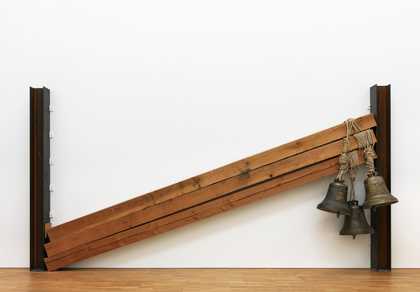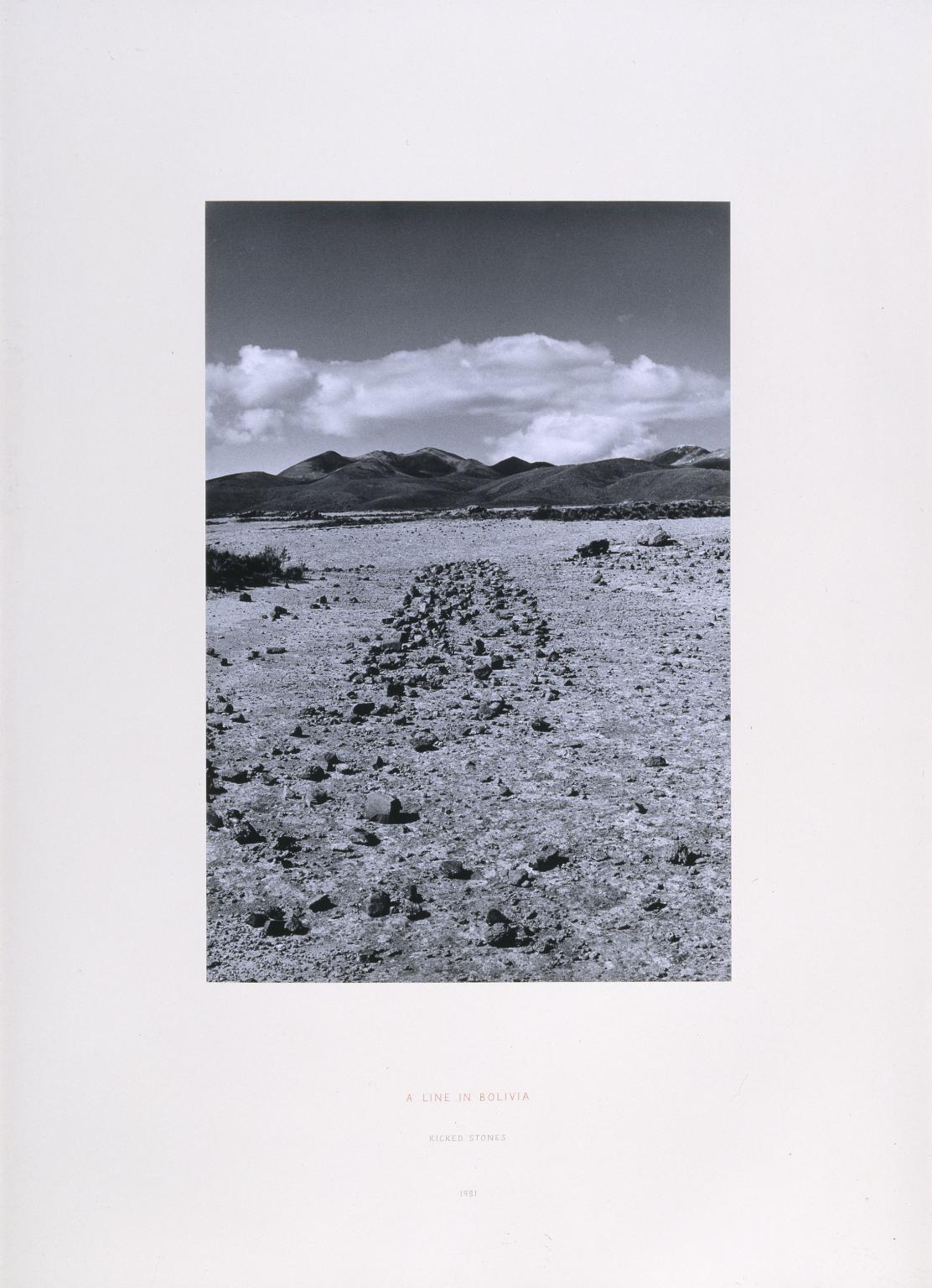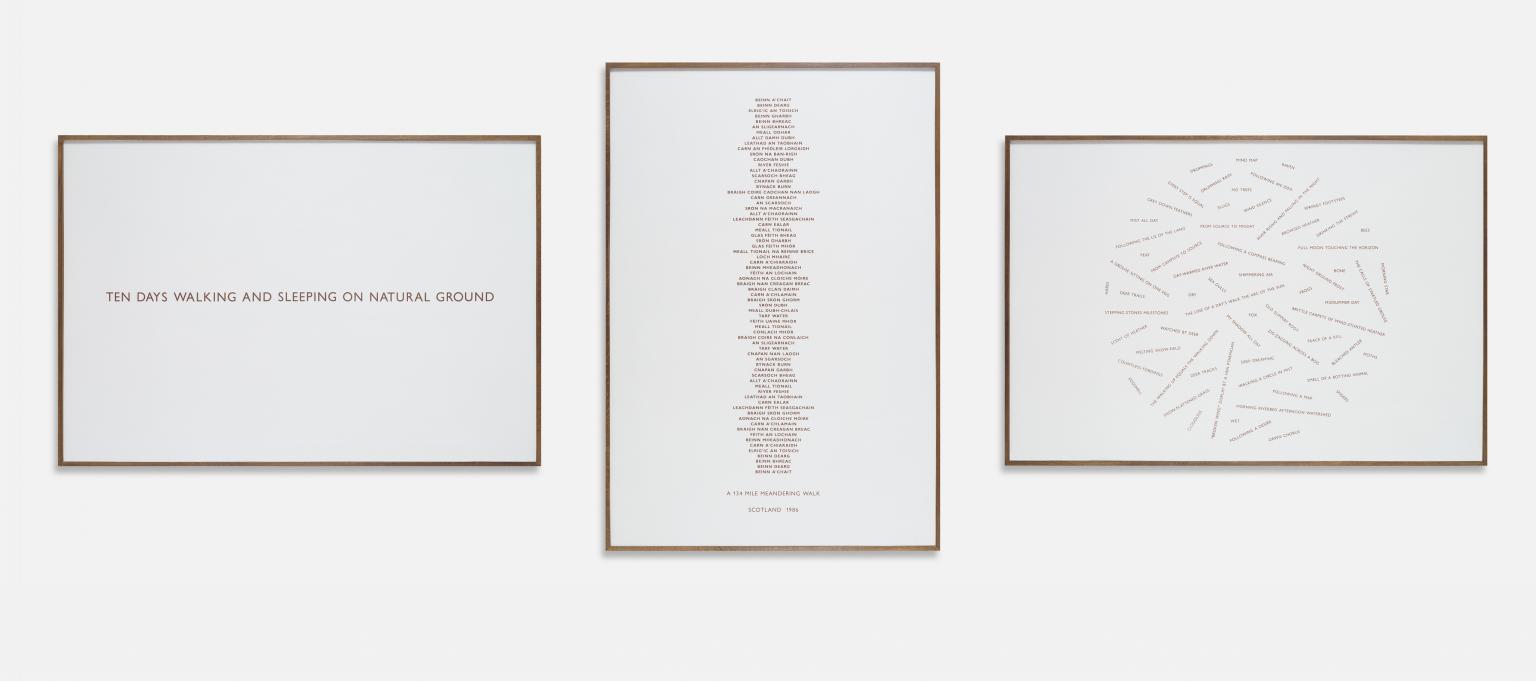Jannis Kounellis turns familiar materials, charged with history and meaning, into poetic assemblages
Jannis Kounellis (1936–2017) was born in the Greek port city of Piraeus, but lived and worked in Rome from 1956. His early paintings were inspired by words and graphics found in street signs, which he gradually reduced to letters, numbers and basic symbols arranged over plain backgrounds. Though he soon expanded his practice to include performance and sculpture, he considered himself primarily a painter. Whether making pictures or using materials and objects that share the same space as us as viewers, he aimed to create powerful images, mundane and strange at the same time.
In the late 1960s Kounellis became a key figure of the Italian arte povera (‘poor art’) movement. Artists associated with arte povera used ordinary materials of both natural and industrial origins and hoped to bring the experience of art closer to everyday life. At the time, Italy was undergoing a period of rapid social change, torn between industrial and agrarian life, tradition and innovation, antiquity and modernity. Kounellis’s works express this clash of values by bringing together contrasting elements such as raw wood and steel beams, or strings of colourful glass hanging next to a mound of black coal.
Many of Kounellis’s installations subtly change the architecture of the gallery, like the stones blocking the passage between two rooms. Some suggest the presence and actions of people: in a work bringing together painting, sculpture and performance, an empty chair lies waiting for a cellist to play a painted musical score. Other works carry strong associations both sensorial and cultural, like those including bells and coffee beans. These objects have a rich history, evoking sounds and smells familiar to many.
Art in this room
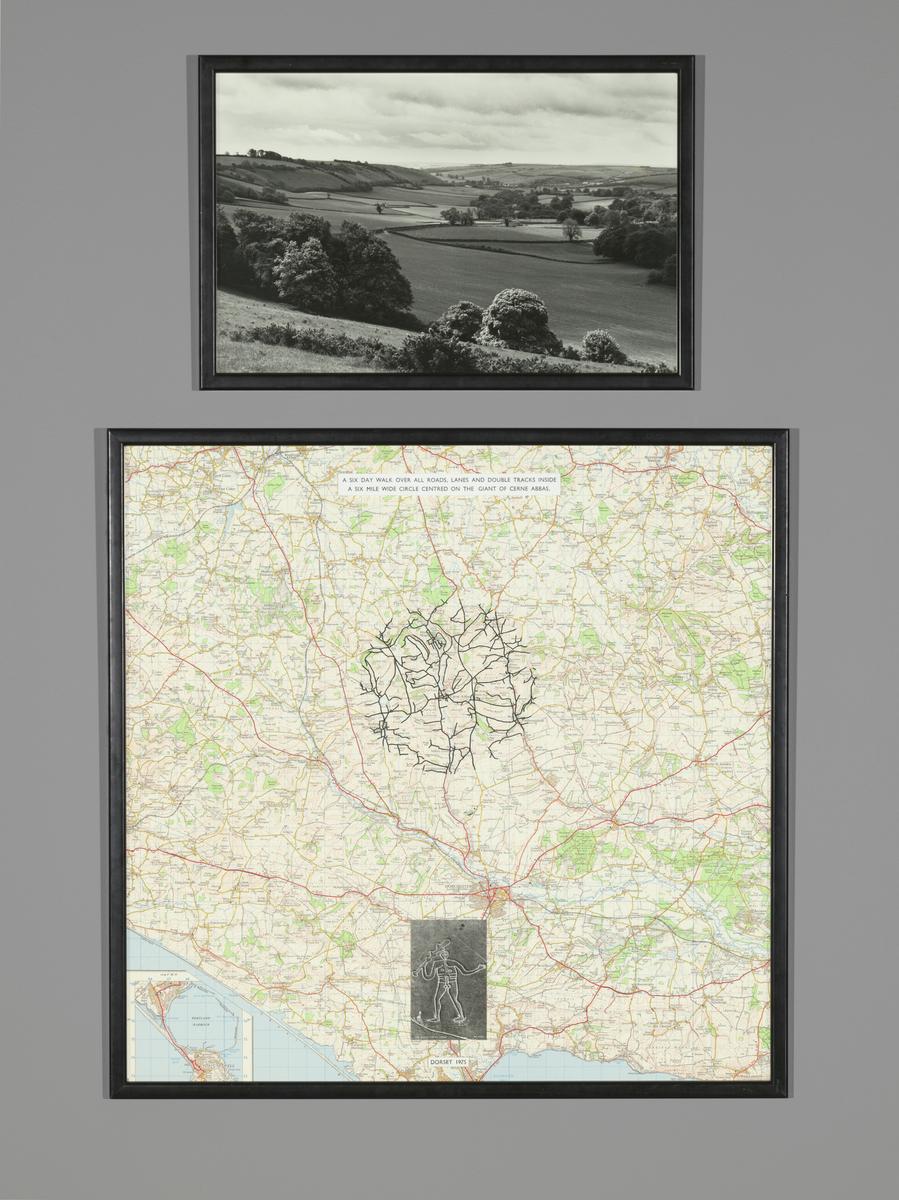

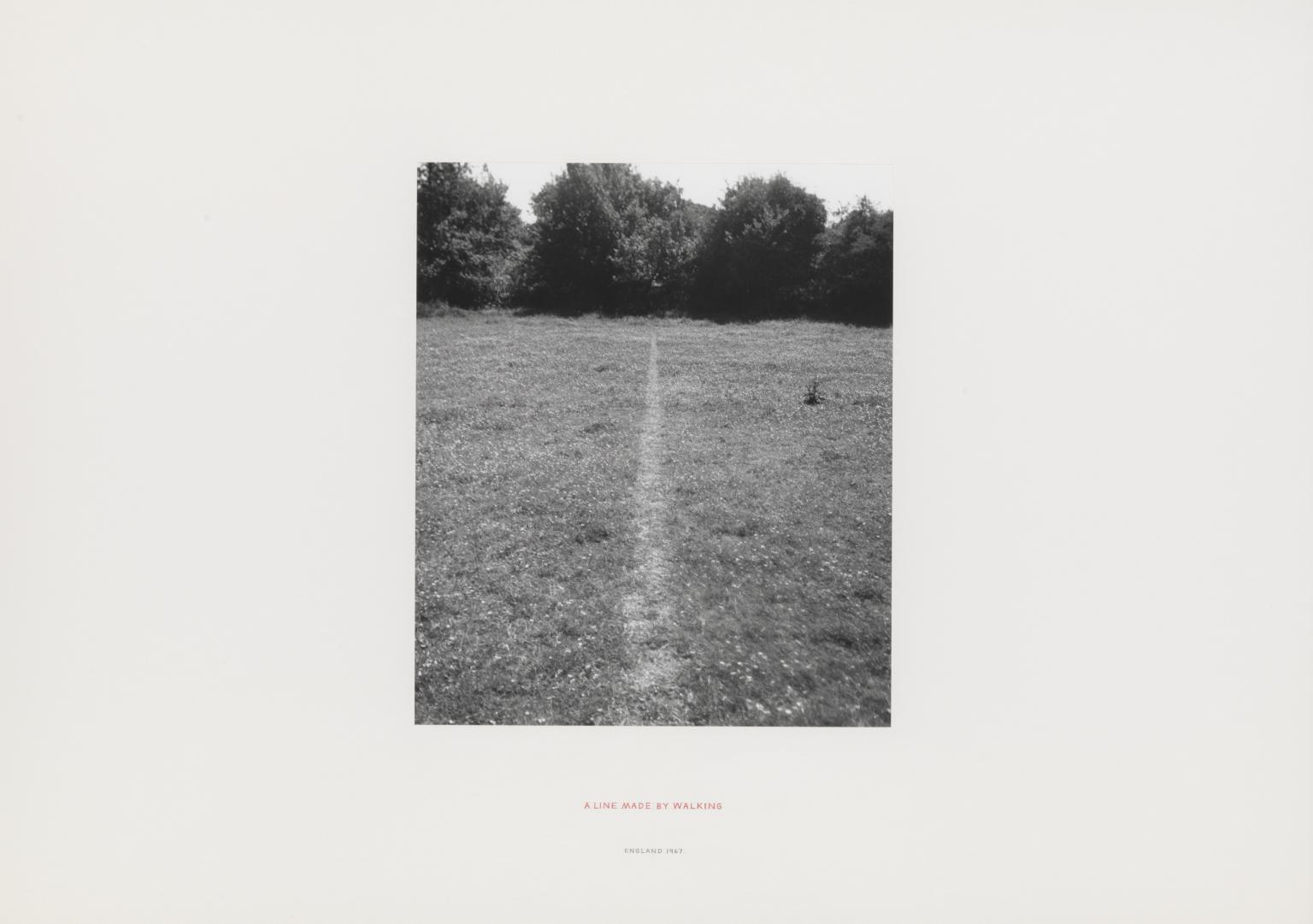
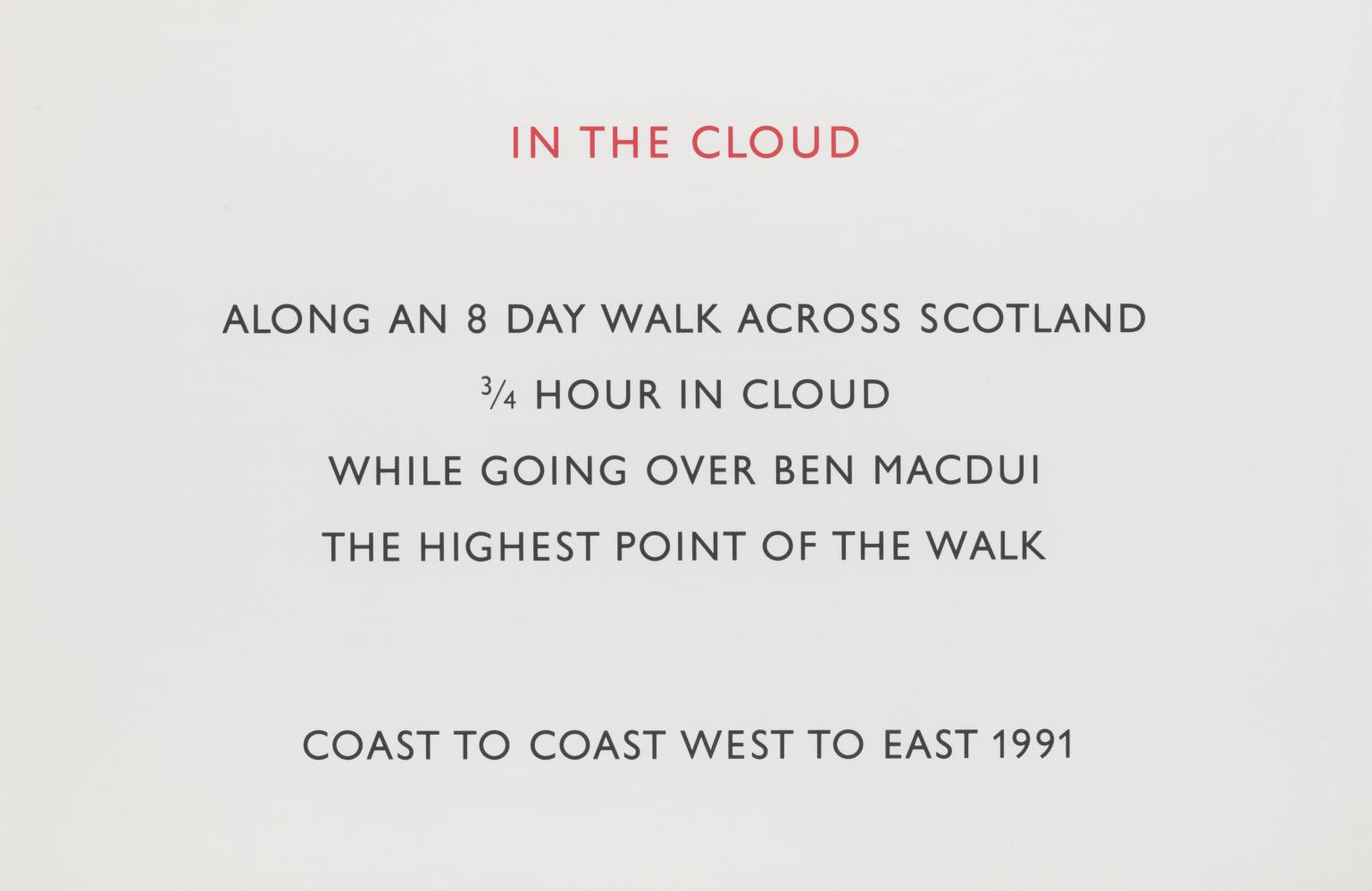
Sorry, no image available
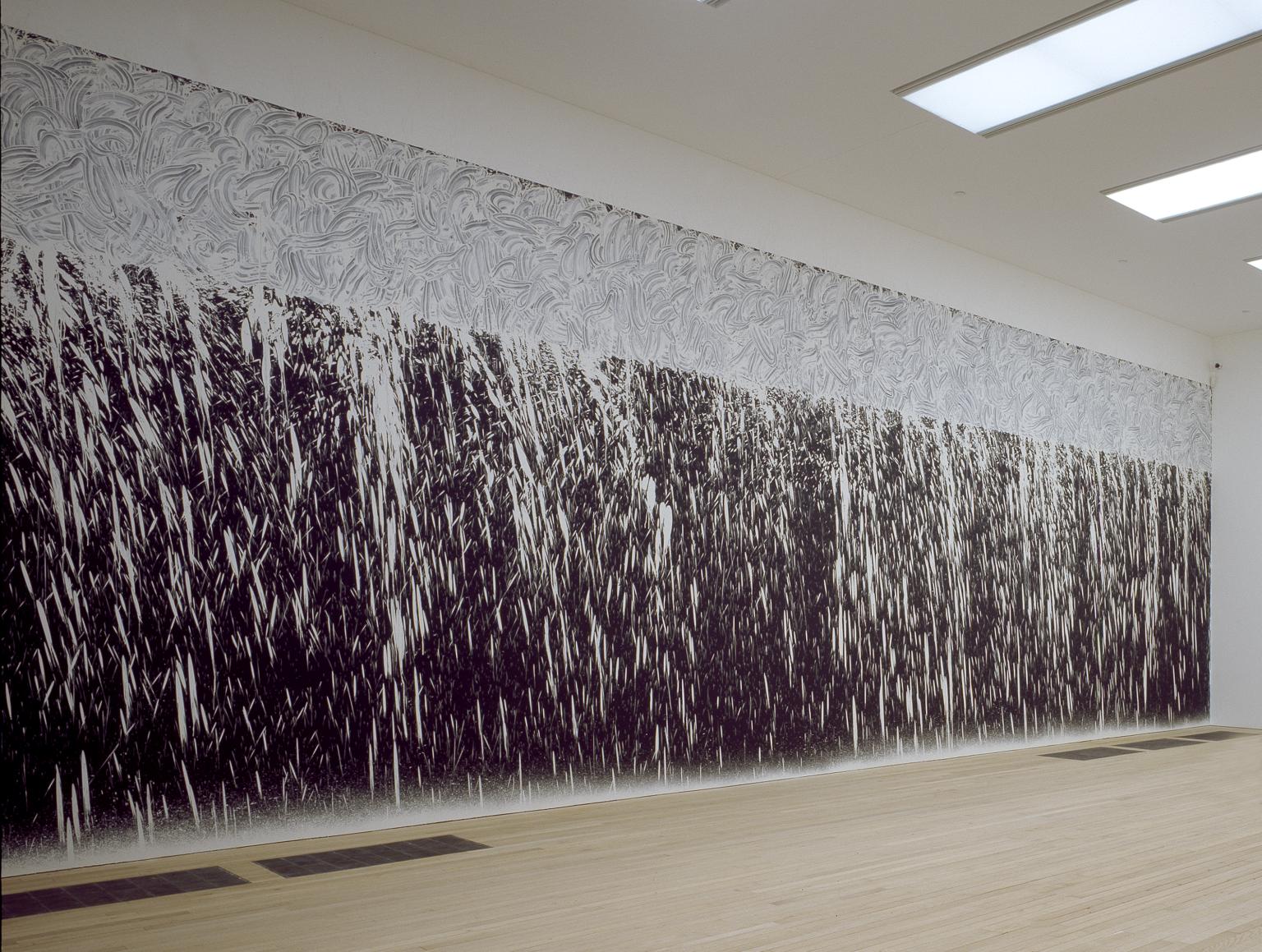
You've viewed 6/13 artworks
You've viewed 13/13 artworks

